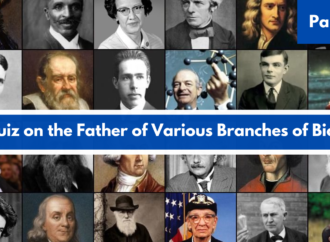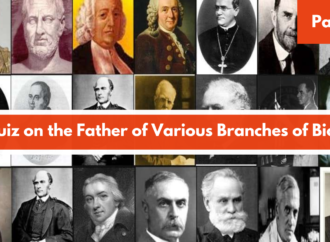The downpour
READ BEFORE YOU PROCEED: D2G wears no responsibility of the views published here by the respective Author. This Editorial is used here for Study Purpose. Students are advised to learn the word-meaning, The Art of Writing Skills and understand the crux of this Editorial.

Meaning are given in BOLD
In a season of disturbingly ( in a way that causes worry or unease ) telling social media posts by weary ( feeling or showing extreme tiredness, especially as a result of excessive exertion ) resident doctors in municipal hospitals amid the COVID-19 curve’s continued sharp rise, Mumbai welcomed the south-west monsoon over the weekend. With the first downpour ( inundate with a great quantity of something ) has come a rising tide of worries regarding how the virus will behave in the wet months and how the city’s annual deluge of malaria, gastroenteritis, leptospirosis and dengue will impact health infrastructure that is barely ( only a very short time before ) holding up right now.
Densely populated areas and slum colonies, where the maximum numbers of COVID-19 cases have been recorded, also tend to report high incidence of water-borne and vector-borne diseases every monsoon. Municipal health staff will soon be additionally tasked with screening and surveying families in areas that witness floods, for distribution of doxycycline and azithromycin to prevent outbreaks of leptospirosis. More than 20 lakh families were screened ( protect (someone) from something dangerous or unpleasant ) in July last year, but such an extensive exercise this year will be difficult.
Every June, lakhs visit municipal clinics and require diagnostic tests with viral and malarial fever symptoms. Testing facilities, fever clinics, municipal health outposts and hospitals, all stretched ( (of something soft or elastic) be made or be capable of being made longer or wider without tearing or breaking ) impossibly thin already, are preparing for a more demanding challenge ahead. COVID-19 has exposed Maximum City’s harsh ( cruel or severe ), unacceptable levels of inequality of access to even basic amenities ( a desirable or useful feature or facility of a building or place ).
It has also driven home middle class urban India’s complicity ( the fact or condition of being involved with others in an activity that is unlawful or morally wrong ) in hiding these inequities out of sight. Poor health indicators are closely linked to patchy ( existing or happening in small, isolated areas ) access to water and sanitation, and as has been underlined now, Mumbai’s housing and sanitation crises do not endanger slumdwellers alone.
The acknowledgement of interconnectedness is hopefully here to stay. For, it’s plainly visible now that the health of the migrant worker in the shanty town, her access to a decent living standard, her ability to nurture ( help or encourage the development of ) her family safely, are integral to the health of homes and businesses elsewhere in the metropolis. The poor cannot be the only stakeholders in the battle for equal access to a reasonable life. Additionally, these last three months have demonstrated that tele-workability norms are implementable, and rainy days can be work-from-home days.
Uddhav Thackeray, the state’s first Mumbaikar chief minister, must recognise that a comprehensive approach is needed for an inclusive recovery. Public transport, health infrastructure, access to amenities, affordable housing — it cannot be business as usual on any of these. Thackeray, who has not baulked ( hesitate or be unwilling to accept an idea or undertaking ) from admitting his government’s shortcomings, promised when he took charge that his focus would be on Mumbai. The Shiv Sena’s campaign tagline was apt, “hich ti vel”. Indeed, the time is now.

















